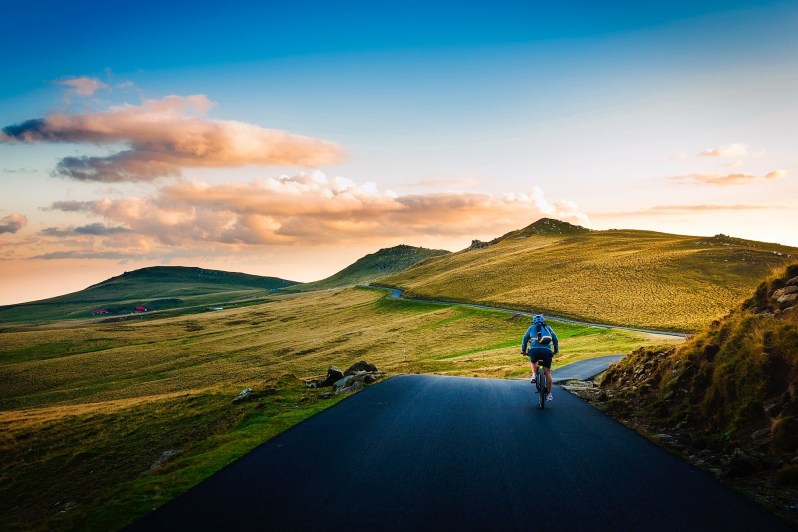
Soon, the days will get warmer and longer, it’s hard to resist the urge to get outside and stay there. For cyclists, this means one thing: longer rides. Few things beat trading in the trainer for the open road after long, cold months. But there’s an even easier way to get your miles in than contending with cars, dogs, or any other nuisance you might be used to. If you haven’t already, it’s time to start using the many rails to trails across the U.S.

The best rails to trails
Rails to trails are former railroad tracks that have been torn up and paved over, though some include stretches of dirt or gravel. By turning the old tracks into paths, they become serviceable again to tons of people for activities like walking, running, and cycling. Whether you want to keep your ride on the short side or you’re looking to let loose for a few hours, rails to trails are a safe way to ride. Fortunately, there are options all over the country, but these eight are a few of our favorites.
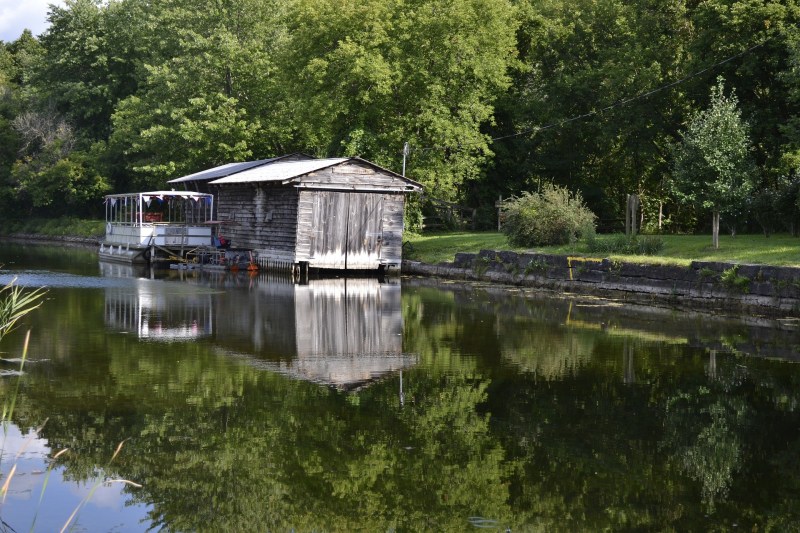
Erie Canalway Trail
Length: 300 miles
Though the scenic woods and meadows surrounding the Harlem Valley Rail Trail and the Heritage Trail are stunning, the Erie Canalway Trail wins out as one of the best in New York due to its sheer length. Though the completed trail will stretch 365 miles from Albany to Buffalo, the trail is currently just shy of 300 miles long. The trail is also an integral part of the 750-mile Empire State Trail.
In the meantime, riders can enjoy riding along the trail as it winds alongside the 19th-century canal. More than 200 communities are connected through the trail, so you’ll find plenty of places to stop for a snack or water if needed. As you roll along, you’ll pass canal locks and lift bridges that still operate today for passenger boats. Watch the activity along the river even as you pedal across bridges and through tunnels.

Monterey Bay Coastal Recreational Trail
Length: 18 miles
California is another state bountiful with amazing rails-to-trails projects. Many of the state’s most scenic trails follow the twists and turns of rivers or even the coastline. However, the Monterey Bay Coastal Recreational Trail is one of the most breathtaking rides. The 18-mile trail is perfect for a manageable, longer out-and-back ride on weekday afternoons.
Along the way, you’ll pass Fisherman’s Wharf, as well as access to beaches. So if you need to cool off afterward or are training for a triathlon, it’s an optimal setting to practice your transition between race segments, too. Keep an eye out for sea lions and whales swimming in the Pacific as you work your way down the coast.

Spring to Spring Trail
Length: 25 miles
Another beautiful, coastal destination for cycling, Florida’s Spring to Spring Trail at least offers some shady cover on brutally hot, sunny days. The 25-mile path is just north of Orlando, making it a wonderful way to break away from the theme parks and get outside during a vacation to the area.
From mangroves and old-growth forests to upbeat sections through smaller cities, this biking trail will keep you on your toes. You can even see manatees if you’re lucky when you pass through Blue Spring State Park. It’s a ride you will undoubtedly want to add to your cycling bucket list.
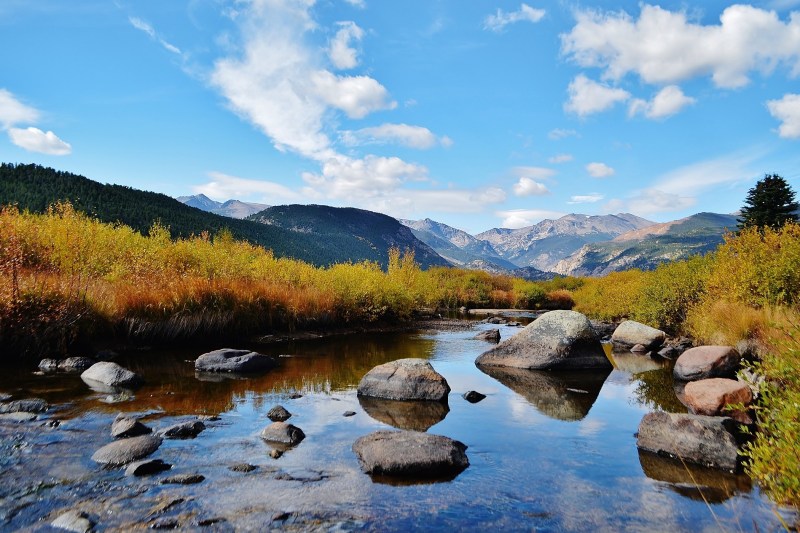
Peaks to Plains Trail
Length: 65 miles
An outdoor haven, Colorado is, of course, active in the effort of converting rails to trails. While mountain bikers will naturally find tons of single track to get their blood pumping here, the trails are also great options. In fact, if you are looking for a challenge, try the Peaks to Plains Trail, which includes plenty of climbs.
The 65-mile route connects the Continental Divide to the Rocky Mountains by following Clear Creek. The biking trail affords mind-boggling views of the mountains, as well as bridges that look down on the river below. The trail is currently undergoing a gap-filling mission to connect it to the city of Golden where a river walk would be possible as a pit stop.
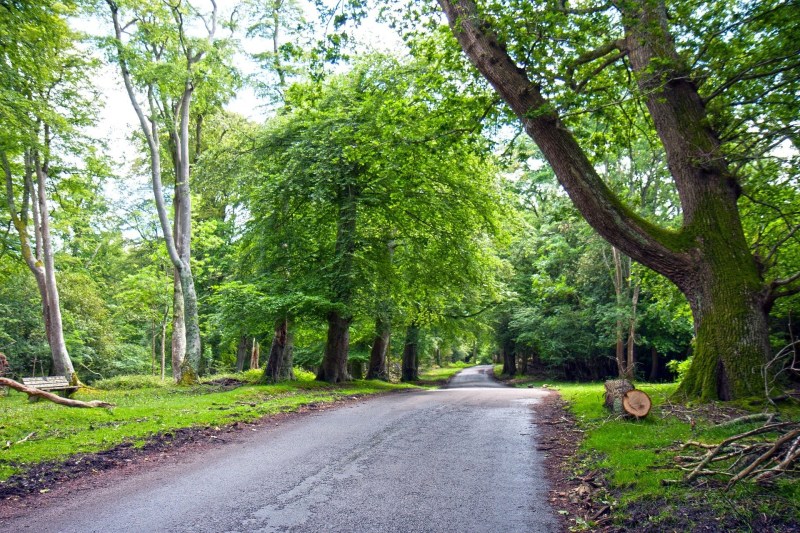
Northern Rail Trail
Length: 60 miles
New Hampshire is one destination that should be on every cyclist’s dream ride list, especially in the fall. The combination of crisp temperatures and fall foliage that appears to have set the hills on fire is hard to beat. While the Cheshire Rail Trail is a great option for those with bikes that can handle gravel well, the Northern Rail Trail is a better all-around option.
The 30-mile Cheshire Rail Trail is more off the grid, but it has some impressive passes through natural rock walls as well as challenging climbs. The Northern trail offers amazing views of woodlands while cutting through rock walls as well. The sprawling 60-mile trail also retains some of its railway ties thanks to a restored depot and caboose that visitors will pass along the way.
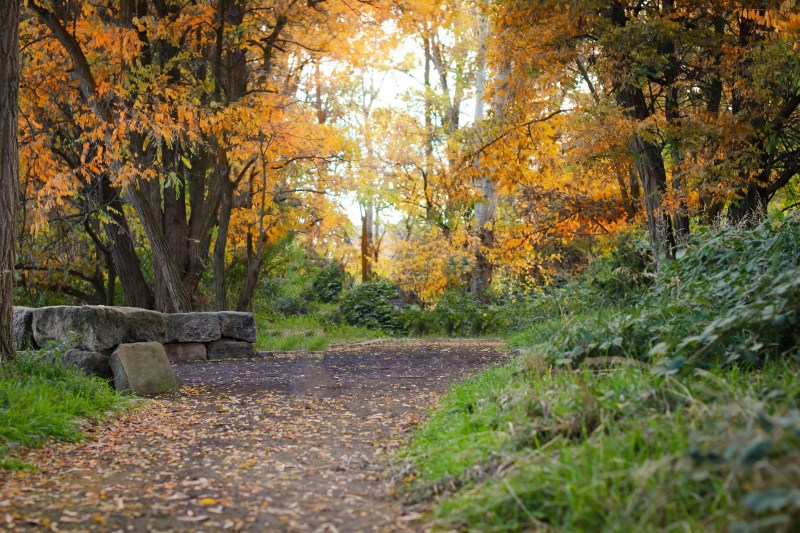
Portneuf Greenway
Length: 16 miles
Some cyclists likely know that Idaho is still something of an untapped dream destination. It is home to Rebecca Rusch and her fellow cyclist and husband Greg Martin, after all. Though you can join Rusch’s cycling camps for what has to be an amazing time drinking in the landscape and improving your skills, the Portneuf Greenway is another excellent option for cycling in Idaho.
Ultimately, the trail will be 27 miles of a continuously paved path around the city of Pocatello. More than 16 miles are currently paved and open, meandering through beautiful forests with views of the mountains and fields of wildflowers.
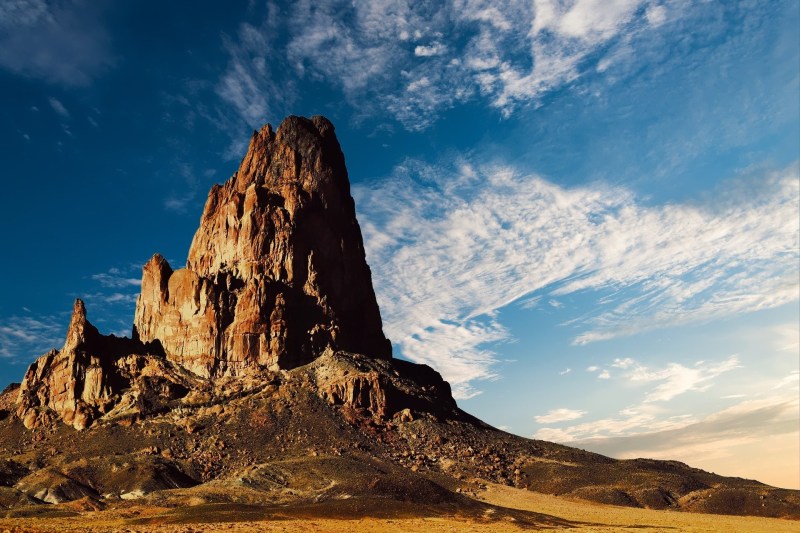
Santa Fe Rail Trail
Length: 17 miles
Santa Fe is one of the biggest cities and destinations in New Mexico. While you can hop in the car and road trip through the state to take in all of its natural beauty, the Santa Fe Rail Trail is another good, green option. The trail is roughly 17 miles long and is primarily packed with dirt.
Once you embark from the city, there are no other communities connected to the desert trail. That means you’ll be able to see all kinds of local flora and fauna; however, you’ll also need to make sure you pack out plenty of water, sunscreen, and gear. The last thing you want to do is pop a tube or get a flat without everything you need to make repairs and keep yourself going.
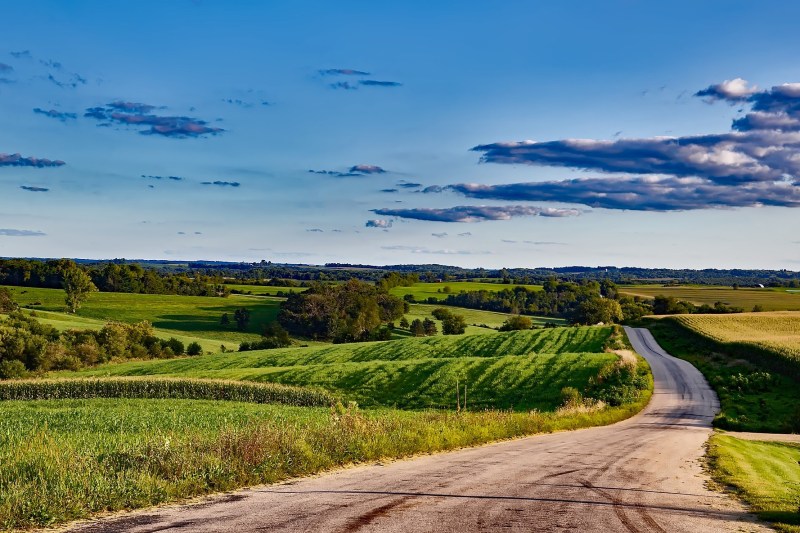
Fox River State Trail
Length: 25 miles
Wisconsin must be one of the most prolific rails-to-trails states. There are more than 100 trails that cover around 2,000 miles worth of pathways. The Fox River State Trail has to be one of the best trails in the state, though. The 25-mile route follows pre-colonial routes that the Native Americans and French explorers used as trade routes. Along the way, you’ll roll through lush farmlands all the way to Green Bay. There might even be remnants of paper and flour mills visible along the river, too.
What was the first rail trail in the U.S.?
The title of the first official rail trail in the U.S. goes to the Elroy-Sparta State Trail in Wisconsin. Opened in 1967, this scenic 32-mile path winds through the beautiful Driftless Area of the state, offering stunning views of rolling hills, wooded valleys, and even three historic tunnels dating back to the 1860s.
While earlier instances of abandoned rail corridors being used for recreation existed, the Elroy-Sparta was the first to be officially converted and designated as a multi-use recreational trail. This paved the way for the nationwide rail-to-trails movement, which has transformed thousands of miles of former railroad tracks into beloved trails for biking, hiking, and enjoying the outdoors.


